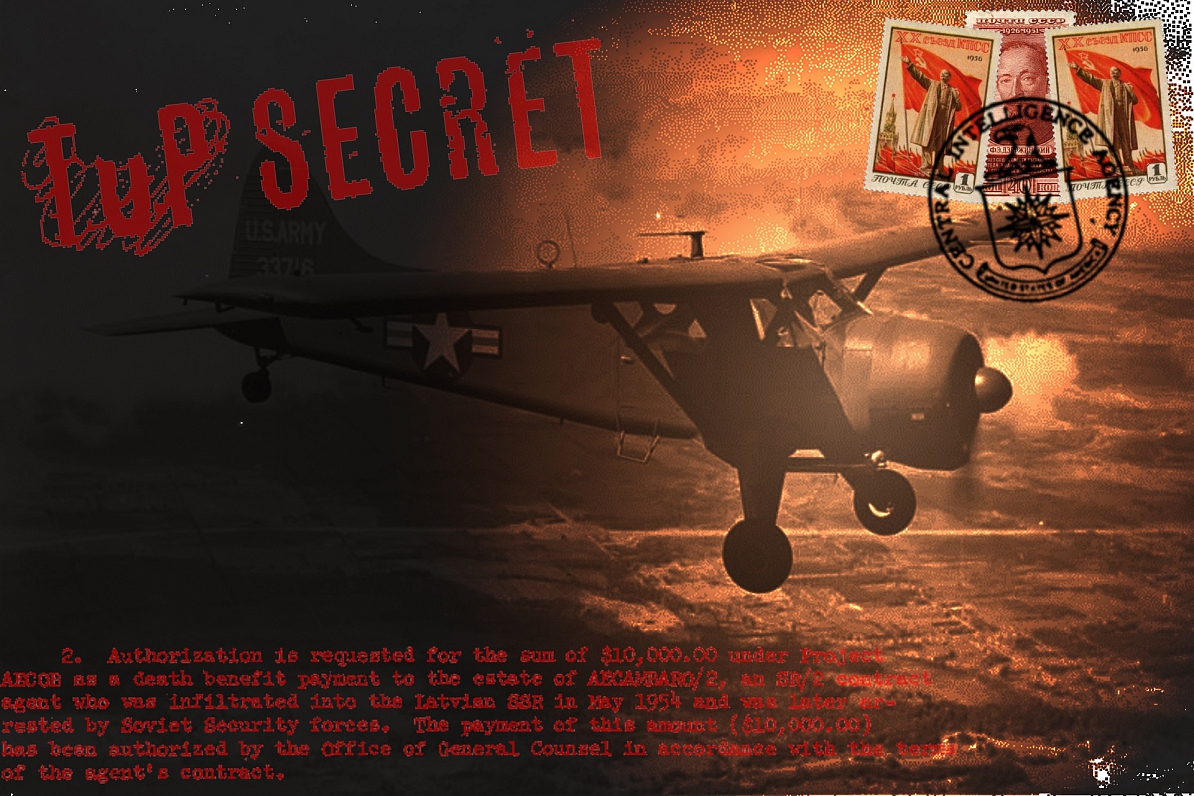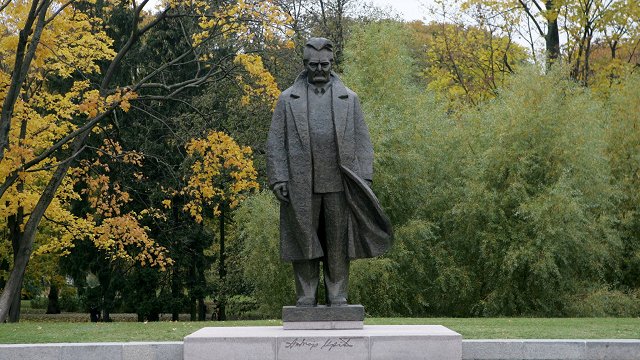A series of extracts from these documents appeared on LSM as collected by the Russian-language service. However, Zigmārs Turčinskis, a historian from the Latvian History Institute, points out that these same CIA documents contain misinformation fed to US authorities by the Soviet secret service.
"Up until [the release of the CIA documents] it was practically impossible to research the games between the secret services as there weren't enough materials available on hand. There were only overviews made in the 80s for propaganda purposes.. but now there's suddenly a lot to study!" says Turčinskis.
He also criticizes LSM for releasing the documents without a historian's commentary.
"I see something quite else going on, as there's nothing about the Forest Brothers [in the documents]. There's only things concerning the intelligence services, Soviet counterintelligence games and disinformation fed to the Western intelligence agencies. They took the bait and couldn't tell which way was up and down anymore. They entered a veritable house of mirrors.
"[Their agents] never met a real forest brother here. The stories about letters by the forest brothers were disinformation, disseminated by counterintelligence bodies," says the historian.

Photo: Wikimedia Commons CC2.0 / LSM
As testimony to the disinformation prevalent in the CIA archives, he cites the KGB report about the Lursen-S case. It was first published in 1986 by former KGB major general Jānis Lukašēvics and served as the basis for a Soviet propaganda documentary, 'The Game'.
The document relates counterintelligence operations by the Soviets from 1948 to 1954, while in the film several former agents proudly relate the ways they deceived Western intelligence agencies (mentioned in passing by British historian Phillip Ruff in a 2015 feature that appeared on LSM).
"Thanks to [the agent, codenamed] DUBIN .. from 1946 to 1949 nine armed groups were discovered and destroyed, with about 109 members to them.
"In autumn 1951 DUBIN, as the head of an underground group, participated in a 'partisan' meeting that was organized with the express purpose of substantiating a legend about the Latvian underground to the British intelligence agent KRAUJA, who was in Latvia at that time. KRAUJA was sent back to England in September 1951," the report from the case says.
Meanwhile the CIA archives indeed relate a meeting that took place between an agent and the purported anti-Soviet underground on September 15, 1951.
"Everyone at the meeting were agents.. it was Alberts Gailītis alias Grosbergs, Jānis Klimkāns alias DUBIN, and many more people who pretended to be the Forest Brothers.. it was a veritable theater," says Turčinskis.
According to the historian, the early-50s CIA reports relate news about the partisans that did not accord to reality.
"In 1947 a new era started in the historiy of the partisans. The struggle with the Communists became more organized. Individually organized groups of partisans arose with improved methods of fighting and with better tactics," says a CIA document.
While the actual history is different.
"It was completely the opposite. By 1947 most of the largest underground organizations had been destroyed..
"The Latvian National Partisans' Union had lost its central headquarters and there were only regional headquarters in Latgale and Vidzeme left," says the historian.
The historian argues that the Soviets played this game, in which everything was bound to become suspect, in order to prevent Western agents from coming into the Soviet Union and obtaining strategic information.
"The only one to leave without understanding that he had been deceived was Vitolds Berķis [alias KRAUJA]. He was allowed to leave in spring 1952. But he was deceived.. another one may have been allowed to leave, one Ludis Alfrēds Upāns, a Soviet agent. However, when he got to the West he immediately left the British secret service.. and embarked on the life of a civilian," says Turčinskis.
According to Turčinskis' research, in 1952 three CIA agents were infiltrated into the Latvian SSR via Liepāja and caught almost immediately. One of them killed himself while two became collaborators.
One Leonīds Brombergs, apparently mentioned under the alias CAMBARO/2 in the CIA files, was later infiltrated but caught.
"He was thinking incessantly of how to signal that he's been captured. They had their own security indicators of course, but the rest of the agents knew them and he could not hide them. There were primary indicators - like the way of writing the name and the date, while secondary indicators were topics of discussion and the way of retelling events," says Turčinskis.
"He related primary indicators [testifying he is not under enemy control] and tried to put in secondary indicators that he's under KGB control after all. But now we see, in the documents, that the Americans had no idea about this at any given moment," he says.
The documents reveal, however, that a massive exfiltration attempt by the CIA on September 11, 1954 when the agency sent a plane to fetch the agent, which returned to home base after the pilots did not see a proper recognition pattern.
"Although they reported seeing lights on an open field, which they judged to be the Landing Zone, the observed lights were not in the proper L pattern nor was a recognition signal seen," says a CIA document.
Turčinskis speculates that Brombergs had supplied the KGB with an incorrect pattern, prompting the pilots to return without landing, and saving the US from a very embarrassing diplomatic incident.


























